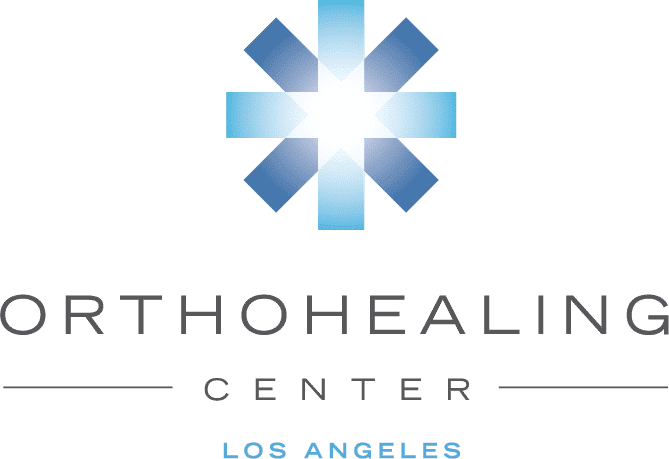Shockwave therapy, also known as extracorporeal shockwave therapy (ESWT), has emerged as a revolutionary treatment approach in the field of cellular orthopedics, particularly for dealing with injuries to muscles, tendons, and bones. This non-invasive procedure is not just for sports injuries, but also for chronic conditions affecting tendons and soft tissues. Let’s delve deeper into the science behind it, its history, benefits, and applications.
Unraveling the Concept
Contrary to its name, shockwave therapy is not a painful treatment method. Instead, it uses shockwaves, or acoustic waves, to stimulate the body’s natural healing process, provide pain relief, and promote tissue healing. These waves are administered through the skin using a small handheld device akin to an ultrasound wand. Contrary to popular misconception, this therapy bears no resemblance to electroconvulsive therapy, a psychiatric treatment often misinterpreted due to its dramatic portrayal in popular culture.
The Science behind Shockwave Therapy
The science behind this therapy is intriguing. It was originally developed in Germany during the late 1960s. Initially, it was used to disintegrate painful kidney stones, making it easier for patients to excrete them. However, by the 1990s, researchers started to explore the effects of high-energy shockwave therapy on soft tissue injuries.
The treatment works by sending energy pulses to the injured area, stimulating cells that generate new bone and connective tissue. It also increases circulation around the injured tissues and breaks down calcified deposits. As a result, this therapy can effectively reduce pain by overstimulating nerve endings in the affected area.
A Glimpse into the History of Shockwave Therapy
Shockwave therapy first stepped into the medical arena in 1982, initially used for treating urologic conditions, specifically urinary stones. Its effectiveness in this field quickly made it a first-line, non-invasive, and effective method. Gradually, it entered the orthopedic field where researchers discovered its potential in loosening the cement used in hip arthroplasty revisions. Further animal studies in the 1980s revealed its ability to enhance the bone-cement interface, stimulate osteogenic response, and improve fracture healing.
The Unique Physiology
Shockwaves are distinct sound waves with specific physical characteristics, including high peak pressure followed by low tensile amplitude, short rise time, and short duration. They form a positive and negative phase of shockwave: the positive phase produces direct mechanical forces, whereas the negative phase generates cavitation and gas bubbles that subsequently implode at high speeds, generating a second wave of shockwaves. The peak pressure of shockwaves is approximately 1000 times greater than that of ultrasound waves, which explains their profound effect on the body.
The Mechanism of Action
The exact effects of shockwave therapy are still under research. However, the proposed mechanisms of action include promoting neovascularization at the tendon-bone junction, stimulating tenocyte proliferation and osteoprogenitor differentiation, increasing leukocyte infiltration, and amplifying growth factor and protein synthesis to stimulate collagen synthesis and tissue remodeling.
Principles of Shockwave Therapy
Shockwaves are transient pressure disturbances that propagate rapidly in three-dimensional space. They are associated with a sudden rise from ambient pressure to their maximum pressure. These waves, when applied to tissues, can cause hematoma formation and focal cell death, stimulating new bone or tissue formation.
Uses for Shockwave Therapy
This treatment is primarily used in the treatment of common musculoskeletal conditions. These include plantar fasciitis, Achilles tendonopathy, retrocalcaneal bursitis, lateral epicondylosis (tennis elbow), medial epicondylosis (golfer’s elbow), calcific tendonitis, patellar tendinosis (jumper’s knee), Morton’s neuroma, and chronic stress/non-union fractures.
Contraindications to Shockwave Therapy
While it is a safe and effective treatment for most patients, certain contraindications exist. These include pregnancy, presence of major blood vessels and nerves at the treatment site, presence of pacemakers or other implanted devices, open wounds, joint replacements, epiphysis, blood clotting disorders including thrombosis, infection, cancerous tissues, and a compromised mental status of the patient or the inability to cooperate.
The Difference between Shockwave Therapy and Therapeutic Ultrasound
While both shockwave therapy and therapeutic ultrasound utilize acoustic waves for therapeutic benefits, there are significant differences between the two. Therapeutic ultrasound uses high-frequency sound waves and may produce either thermal or non-thermal effects in tissues, while shockwave therapy employs lower-frequency waves and does not result in heating effects.
The Future of Healing
Shockwave therapy represents a paradigm shift in the field of cellular orthopedics and has shown promising results in various studies. For example, a study performed by Rompe and coworkers demonstrated that stretching exercises in combination with radial shockwave therapy is more efficient for the treatment of chronic symptoms of proximal plantar fasciopathy than repetitive radial pressure wave therapy alone.
Shockwave therapy is more than just a treatment; it’s a testament to the power of human innovation and its ability to harness natural phenomena to improve health and well-being. As we continue to uncover its potential, shockwave therapy is bound to redefine the way we approach healing and recovery.
At the OrthoHealing Center (OHC), our team of experts is dedicated to helping you find the best treatments for your unique needs. Our knowledgeable specialists will evaluate your condition and discuss your options with a comprehensive, tailored treatment regimen.



